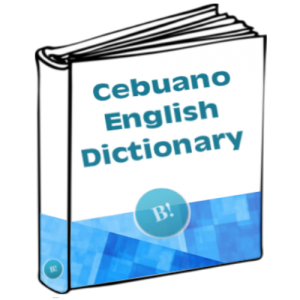Unlimited and overused word “kuan” and “kanang”

In Bisaya, you usually hear the word “kuan” ug “kanang”. These two Bisaya words is used as filler like when someone says in english “hmm”, “ahh”. Sameway in Bisaya, these two are coupled most of the time together, for example, palihug kog kuha sa “kuan” (please get me “hmm”). Another example is “Kanang” mangadto tag “kuan” (Hmm, let’s go to hmm), worst case usage is “Kanang kuan ba” (hmm hmm), completely lost whats in the mind. 🙂
Lessen or avoid
Like in english, as much as possible, using “Kuan” and “Kanang” and “Kining” must be avoided so not to confuse the listener or worst getting impatient. If the one listing is also a Bisaya, he/she will wait for the exact word in order to under stand. In our above example, “palihug kog kuha sa kuan” tubagon kag (you will get an answer), “unsang kuaana ba, istorya dayon para madali, unsa may kuhaon? (Say it complete, what do you want me to get? Faster!)
Anticipate what?
1. Kaila ka ni “Kuan”? (Do you know, hmm?) – denotes who
2. Pa “kuana” sa ta diha bi (Can you do me a favor to, hmm..) – denotes asking favor, or do something
3. “Kanang” ug “Kining” – denotes nothing, completely a filler












